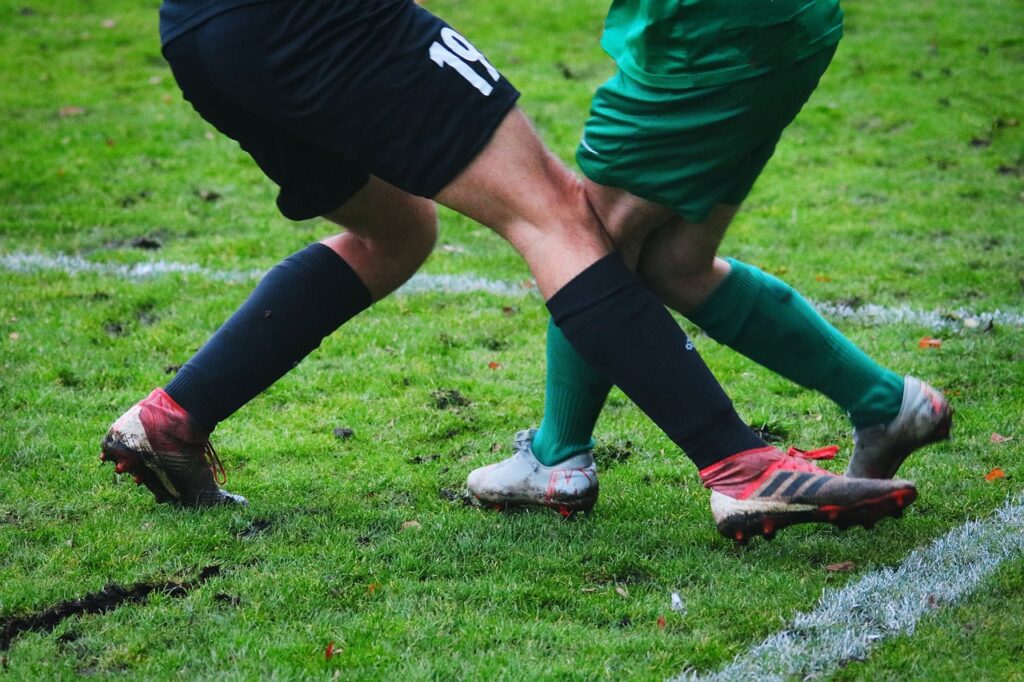History of ACL Treatment
For many years, it has been widely accepted that the best treatment for an ACL rupture is immediate surgery to reconstruct the torn ligament. This view is so common that many people believe surgery is their only option if they wish to return to playing competitive sports after an ACL injury. Historically, doctors, physiotherapists, and other health professionals have held this view, shaping our approach to ACL injuries for years.
Initial Assumptions Challenged
This belief has been based on the assumption that the ACL cannot heal on its own and that a knee without an ACL would be too unstable to return to sports. In reality, there has never been solid evidence to support these assumptions. Recent research is beginning to challenge these theories, prompting a reassessment of our approach to ACL injury management.
Early Research and Findings
Small studies as far back as the 1990s have shown that the ACL has the capacity to heal and that athletes can have a successful recovery and return to sports without surgery. Historically, most ACL research has focused on improving surgical outcomes rather than exploring alternative treatments. However, more studies have begun investigating ACL healing and the potential for non-surgical recovery throughout the 2000s.
The KANON Trial
The KANON Trial, conducted in Sweden in 2010, marked a turning point. This larger, high-quality study compared immediate ACL reconstruction surgery with a rehabilitation program and optional later surgery. Results showed that less than half (39%) of rehabilitation patients opted for surgery, with the other 61% doing well with just their rehab program. After tracking all patients for two years, researchers found that those who had immediate surgery were no better off than those who did not have surgery or those who initially opted for rehab.
Follow-Up Research by Stephanie Filbay
Building on the KANON Trial, Australian physiotherapist and researcher Stephanie Filbay conducted further testing with the original trial participants. Using MRI, she found that in 30% of those who did not have immediate surgery, the ACL had healed on its own with standard rehab (53% of those who had not had surgery at the two-year mark). Her research suggested that those with healed ACLs tended to have better recovery outcomes than those who had surgery.
The Role of Bracing
These findings highlight the potential for supporting ACL healing through immobilization, a standard practice for other ligament injuries. Recent studies, including one by Dr. Filbay, explored the concept of bracing the knee to promote ACL healing. The Cross Bracing Protocol (developed by Dr Tom Cross), which holds the knee in a bent position, showed a 90% success rate in ACL healing in follow-up MRIs. Although early-stage, these results are promising.
Future Directions
Much more research is needed to determine the best approach to managing ACL ruptures confidently. However, the mounting evidence suggests rethinking the automatic recommendation for surgery. Improving the management of ACL injuries to ensure better overall recovery will be essential, and further research, particularly on bracing techniques, will be crucial in the coming years.

